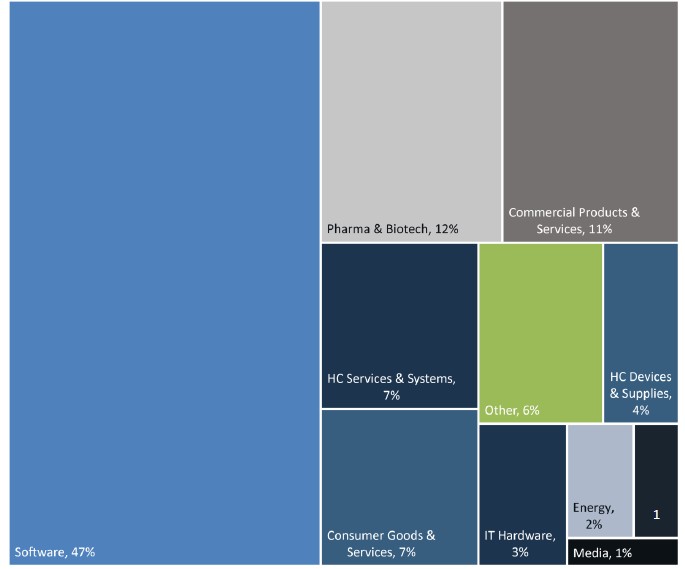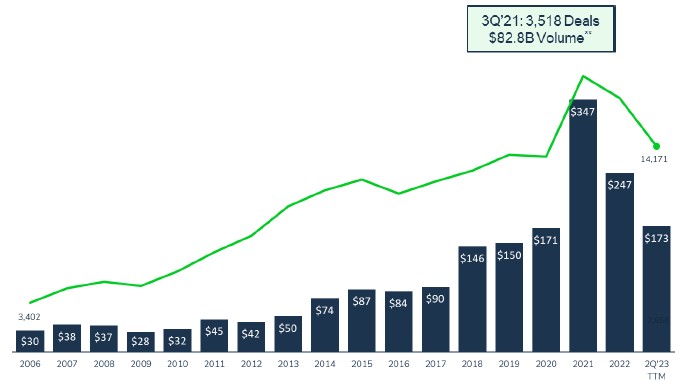December 2026 Notes
The December 2026 Notes bear an interest rate of 4.25% per year and are due on December 10, 2026, unless redeemed, purchased or prepaid prior to such date by the Company or its affiliates in accordance with their terms. Interest on the December 2026 Notes will be due semiannually in arrears on June 10 and December 10 of each year, commencing on June 10, 2022.
Aggregate costs in connection with the December 2026 Notes issuance were $1.0 million, and were capitalized and deferred. As of June 30, 2023 and December 31, 2022, unamortized deferred debt costs related to the December 2026 Notes were $0.7 million and $0.8 million, respectively.
April 2026 Notes
The April 2026 Notes bear an interest rate of 8.54% per year and are due on April 13, 2026, unless redeemed, purchased or prepaid prior to such date by the Company or its affiliates in accordance with their terms. Interest on the April 2026 Notes will be due semiannually in arrears on April 13 and October 13 of each year, commencing on October 13, 2023.
Aggregate costs in connection with the April 2026 Notes issuance were $0.3 million, and were capitalized and deferred. As of June 30, 2023 , unamortized deferred debt costs related to the April 2026 Notes were $0.3 million.
2027 Notes
July 2027 Notes
On July 28, 2022, the Company issued and sold $80.5 million in aggregate principal amount of 7.50% interest-bearing unsecured Notes due 2027 (the “July 2027 Notes”) under its shelf Registration Statement on Form N-2. The July 2027 Notes were issued pursuant to the Base Indenture dated July 28, 2022 and First Supplemental Indenture, dated July 28, 2022, between the Company and the Trustee, U.S. Bank Trust Company, National Association.
The July 2027 Notes bear an interest rate of 7.50% per year and are due on July 28, 2027. Interest on the 2027 Notes will be due quarterly in arrears on March 1, June 1, September 1 and December 1 of each year, commencing September 1, 2022. The July 2027 Notes may be redeemed in whole or in part at any time or from time to time at the Company’s option on or after July 28, 2024, at a redemption price of $25 per July 2027 Note plus accrued and unpaid interest payments otherwise payable for the then-current quarterly interest period accrued to the date fixed for redemption. The July 2027 Notes are general unsecured obligations of the Company that rank pari passu with the Company's existing and future unsecured, unsubordinated indebtedness.
Aggregate costs in connection with the July 2027 Notes issuance, including the underwriter’s discount and commissions, were $2.6 million, and were capitalized and deferred. As of June 30, 2023 and December 31, 2022, unamortized deferred debt costs related to the July 2027 Notes were $2.2 million and $2.4 million, respectively.
August 2027 Notes
On August 31, 2022, the Company issued and sold a private debt offering of $20.0 million in aggregate principal amount of 7.00% interest-bearing unsecured Series 2022A Senior Notes due 2027 (the “August 2027 Notes”) to HCM Master Fund Limited.
The August 2027 Notes bear an interest rate of 7.00% per year and are due on August 31, 2027, unless redeemed, purchased or prepaid prior to such date by the Company or its affiliates in accordance with their terms. Interest on the August 2027 Notes will be due semiannually in arrears on February 15 and August 15 of each year, commencing on February 15, 2023. The August 2027 Notes are general unsecured obligations of the Company that rank pari passu with all outstanding and future unsecured unsubordinated indebtedness issued by the Company.
Aggregate costs in connection with the August 2027 Notes issuance were $0.7 million, and were capitalized and deferred. As of June 30, 2023 and December 31, 2022, unamortized deferred debt costs related to the August 2027 Notes were $0.6 million and $0.7 million, respectively.
December 2027 Notes

